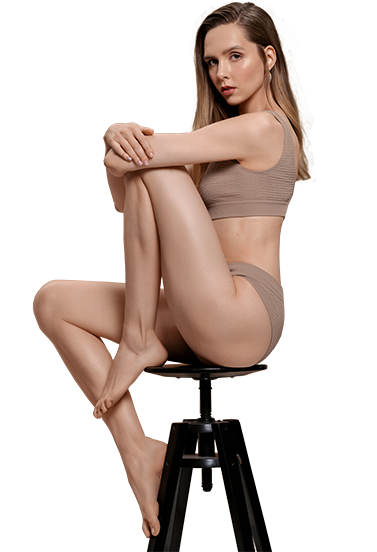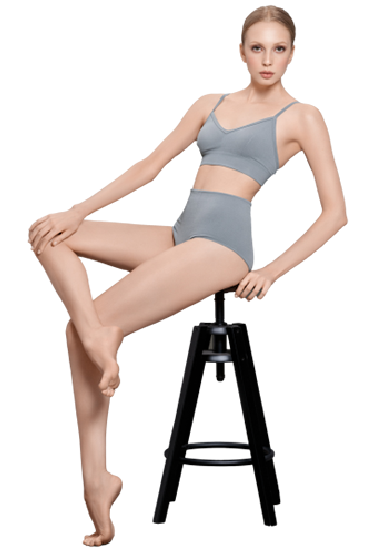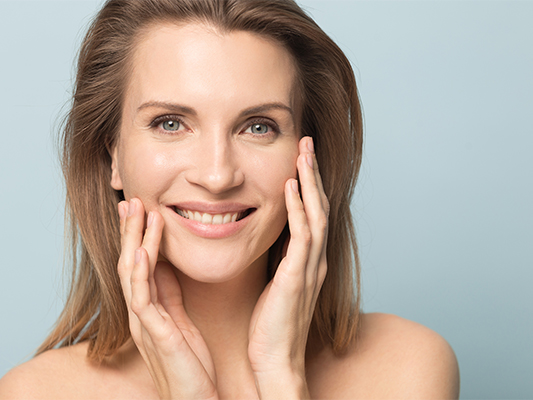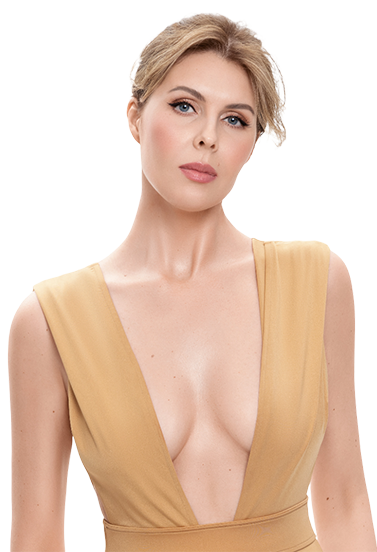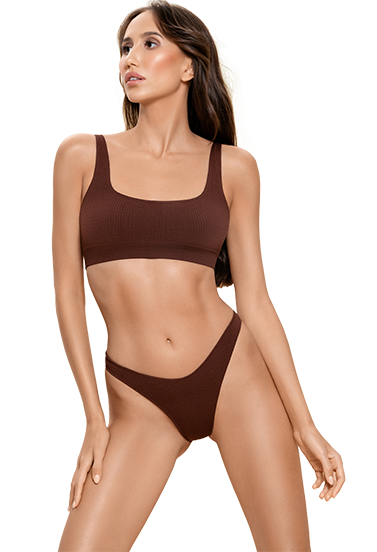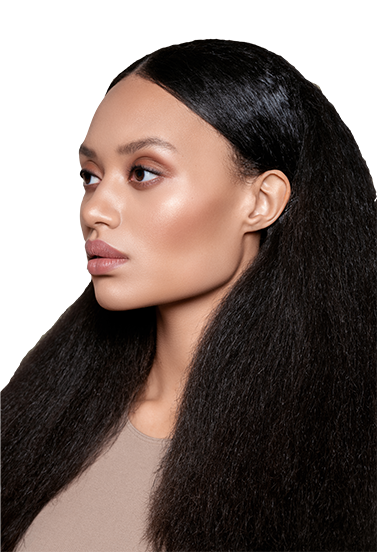Stretch marks are marks that appear on the skin, scar-like bands that take the form of linear atrophic lesions. They result from a tear in the collagen fiber in the skin’s dermis.
First it appears as a red or pink mark, then the stretch mark intensifies as it deepens, the skin cracks and leaves behind a scar.
Aesthetic medicine provides different solutions depending on the depth and the age of the stretch marks to erase them and restore the skin’s radiance.




